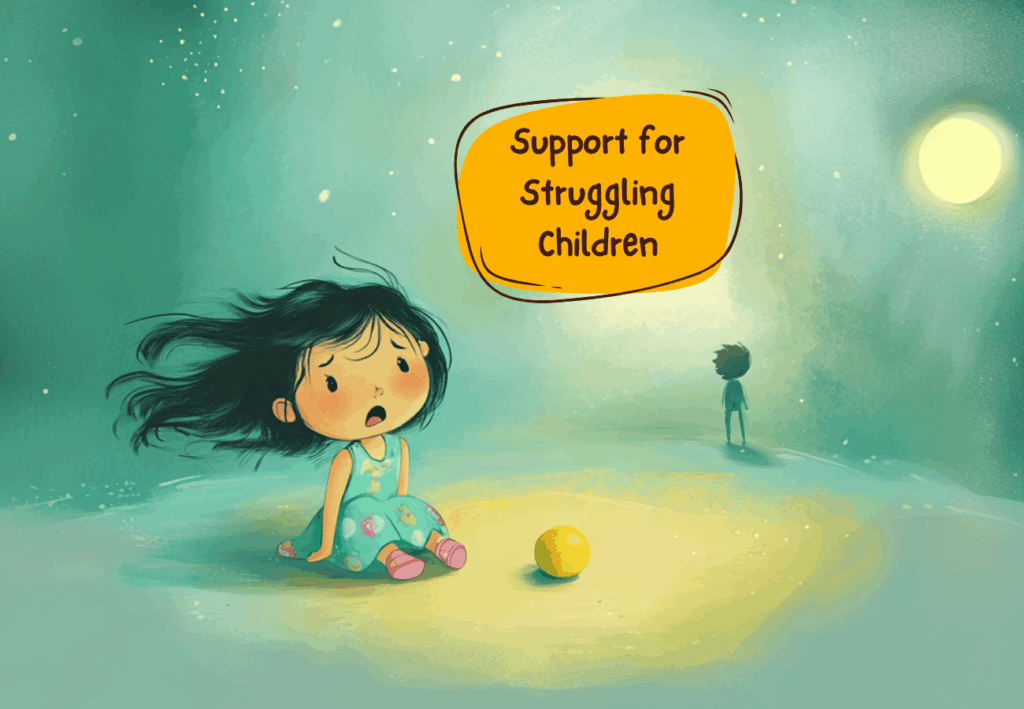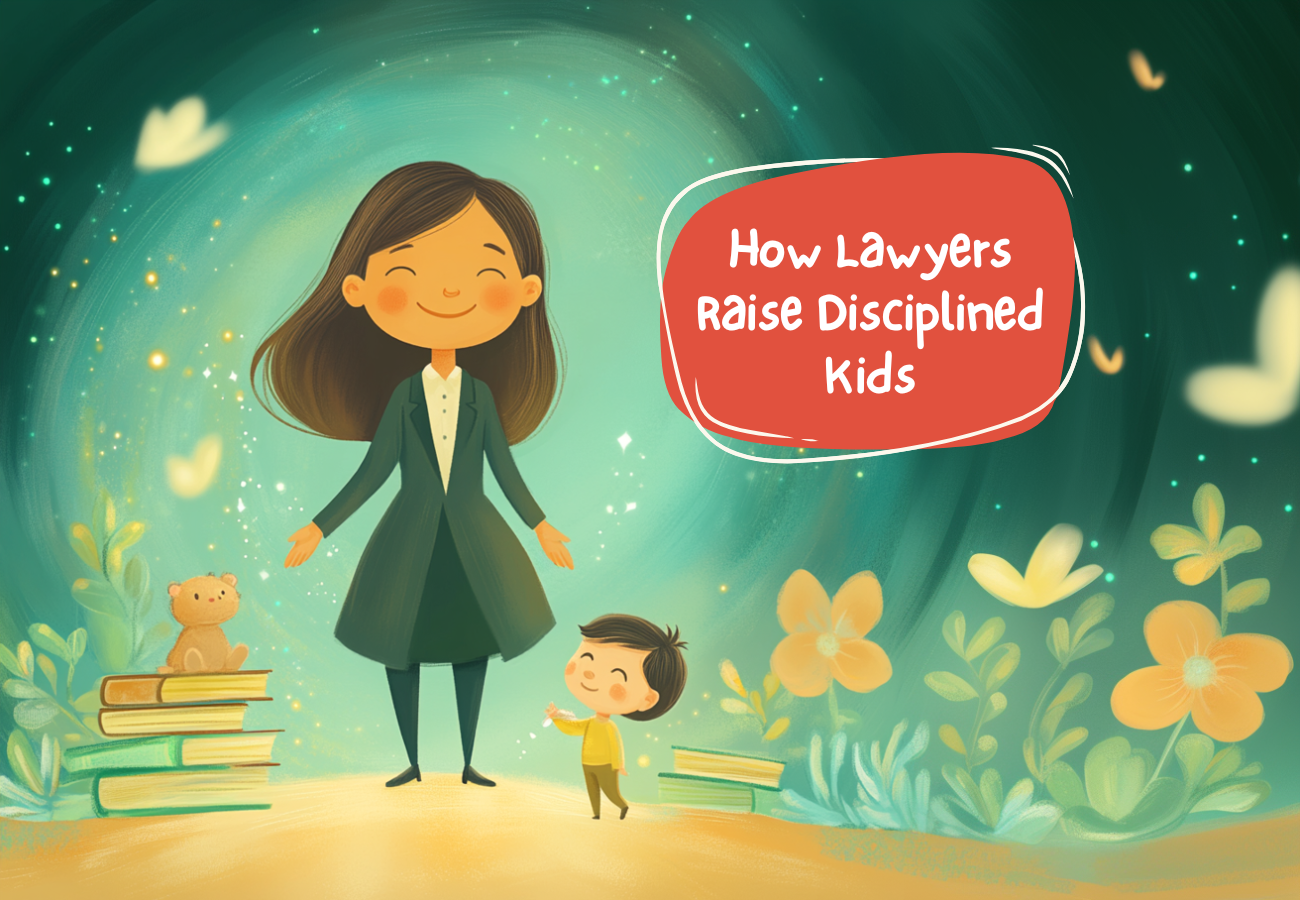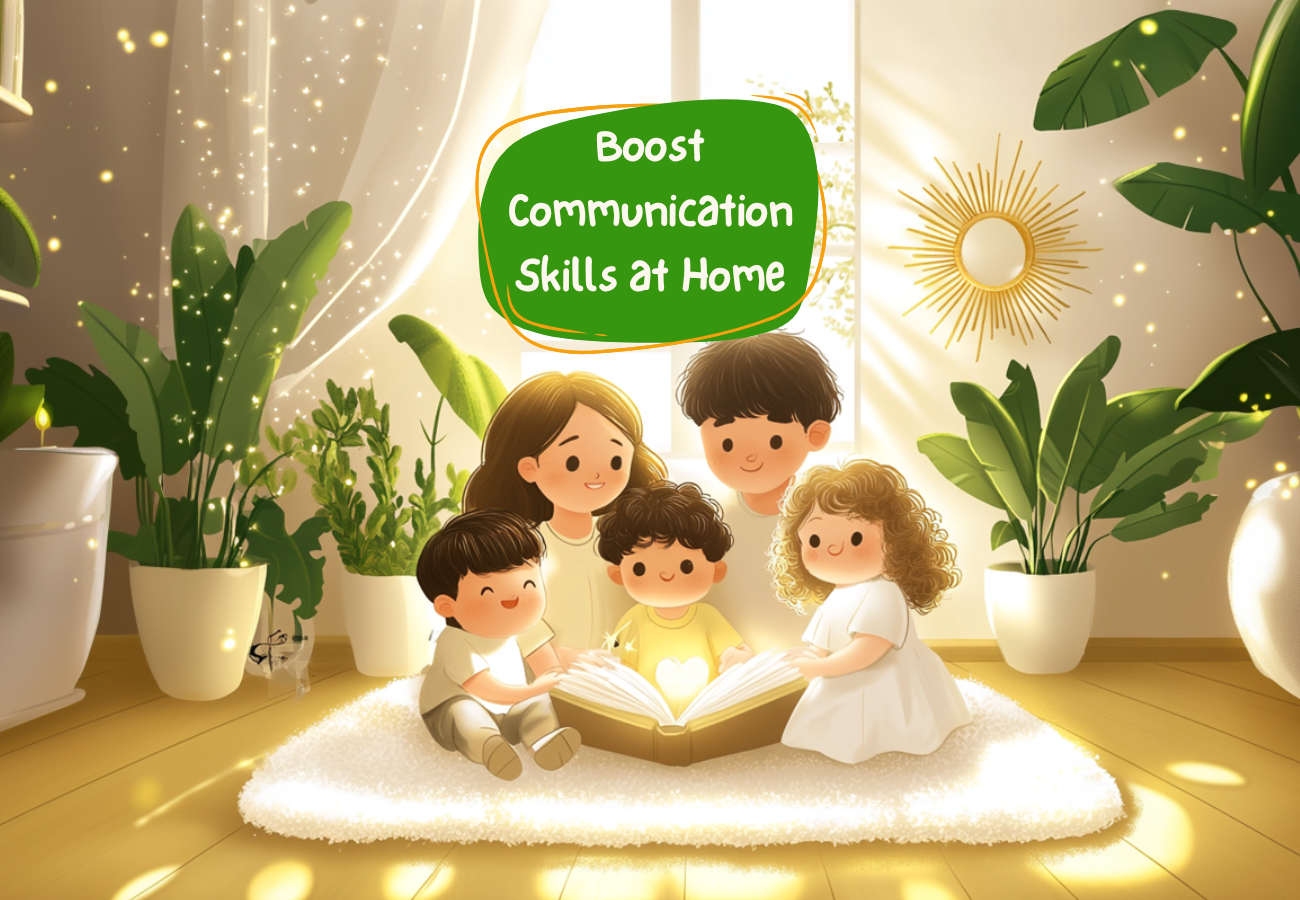4 Strategies to Support Children Struggling With Overstimulation

Imagine an otherwise easy-going six-year-old who just returned from their friend’s birthday party. Luke was in an environment with loud music, bright lights, popping balloons, fast-paced games, and sugary snacks.
On entering his home, Luke starts having a meltdown when his mother asks him to wash his hands. He even throws his shoes around and refuses to eat dinner. Though it may appear so, the fuss is not about handwashing. It’s just that the child’s nervous system is overloaded or overstimulated.
Children like Luke can quickly feel overwhelmed in environments that stretch emotional bandwidth. Understanding overstimulation is the first step. The next is to create intentional support systems, at homes and schools, to help such children recover and self-regulate.
This article will share four practical strategies for parents and teachers to apply. The ideas discussed blend emotional insight with everyday tools to support holistic development.
Establish Predictable Routines and Visual Anchors
Generally, children of all ages thrive when their daily routines are familiar and stable. This gives them a sense of control, and they can engage in learning better.
Kids who struggle with overstimulation may find unpredictability to be chaotic. Unclear instructions or shifting expectations can overwhelm their senses and trigger anxiety or behavioral outbursts.
One of the most powerful tools is to create a consistent daily rhythm and reinforce it using visual anchors/cues. This is non-negotiable because studies have discovered that a consistent bedtime routine is linked with a child’s ability to regulate their emotions. It may be a factor more important than duration or quality of sleep.
Even simple home routines can bring clarity to a child’s day. Parents should begin with fixed morning and bedtime routines, which are often the most chaotic times of the day. It could be as straightforward as waking up and brushing teeth, taking a bath and getting dressed, eating breakfast, and leaving for school.
Even in schools where transitions often happen in rapid succession, predictability is mandatory. Teachers can prepare large, easy-to-understand schedules with icons on the classroom wall. The visual cues can include: circle time, math block, snack, recess, story time, and dismissal.
Instead of calling out the instructions or transitions, non-verbal cues like a chime or a gentle hand gesture can be used. They will minimize auditory overload.
Here’s a quick rundown of ways to establish predictable routines:
- Start with a consistent daily structure.
- Use visual schedules that children can understand.
- Signal transitions with predictable cues.
- Use timers or visual anchors like storybooks.
- Provide age-appropriate choices within the routine.
Design Calming Physical Spaces
Just like the workplace environment influences employee productivity, the home or classroom environment can impact a child’s mood. A 2023 comprehensive review noted that adding natural elements, reducing audio-visual clutter, and improving lighting can enhance students’ sense of calm and focus.
Chaotic environments with bright lights, noise, clutter, or constant activity are too much for a child’s developing nervous system. Homes and classrooms should be designed to offer emotional and sensory relief. Such spaces need not be fancy. Comfort, predictability, and simplicity go a long way.
Many educators trained through K-12 leadership degrees are now implementing a calming space design as a part of trauma-informed classroom practices. Their strategies stem from thoughtful, ethical planning insights taught as a part of their coursework.
As Rockhurst University sums it up, such systemic improvements support the well-being and holistic development of children in everyday learning environments. This is especially true of overstimulated kids.
So, what are some ways a calm space can be designed, not merely as a visual upgrade but as an emotionally safe zone? Listed below are the options:
- Setting up a small, consistent space where children can go and reset
- Decluttering the area, both visually and physically
- Incorporating nature-inspired elements, be it indoor plants, natural fabrics, or images of forests and oceans
- Controlling sound and lighting, like soft background music and table lamps
Introduce Simple Regulation Tools
Children struggling with overstimulation often don’t have the words or inner tools to manage what’s happening inside them. They often act from a place of confusion and chaos: shouting, crying, or shutting down.
That’s where the importance of simple regulation tools enters the picture. These tools will act as training wheels for emotional intelligence. Whether you’re a parent navigating meltdowns at home or a teacher managing classroom emotions, such tools can transform the chaos into calm.
Let’s look at a few examples:
- Breathing exercises – A recent report stated that deep breathing techniques reduced student referrals to the administrative staff and school nurse. Children can be encouraged to participate in breathing exercises using laminated breathing prompts like “smell the flower, blow the candle.”
- Calm-down jar – Fill a clear jar with glitter and water. When shaken, the swirling glitter in the water will mirror the child’s inner chaos. Watching it settle at last will help in visualizing emotional regulation.
- Emotions chart or wheel – Hang an illustrated emotions chart where the child can point to how they feel. This will help them label their emotions. It also opens the door to co-regulation.
- Quiet basket – Fill a small basket with soothing items like a soft toy, noise-canceling headphones, or printable affirmations. It can become their safe space or symbol for an emotional reset.
- Fidget box – Offer quiet, non-disruptive fidget items like putty, breathing balls, or textured strips to your child(ren). Such tools, when used in moderation, can have an overall positive effect on the children’s emotional regulation.
Protect Downtime and Limit Excessive Input
The chronic stress of modern, fast-paced lifestyles does not spare little ones either. Children today are bombarded with constant noise, flashing screens, and tightly packed schedules. They equally experience the stress of ‘always-on living.’ Children already prone to overstimulation may show signs of irritability, poor sleep, and emotional distress.
The remedy is to offer the child protected, intentional downtime. Both at home and school, children require unstructured, low-input moments that help them process their emotions and regulate their senses.
Research also backs this up, as a 2025 study on two groups of fourth-graders discovered. One was offered 45 minutes of unstructured recess daily, whereas the other (control group) engaged in more structured recess time for 30 minutes. Students belonging to the 45-minute unstructured recess group had significantly lower hair cortisol levels (a biomarker for chronic stress).
Since unstructured play or outdoor time is important for kids, parents/teachers should not neglect it. Protect children’s downtime with the following strategies:
- Schedule ‘white space’ into the day for the child to unwind and rest.
- Create a daily window where no structured activities take place. It can be given a gentle name like ‘quiet time’ or ‘breathe hour.’
- Watch for overbooking, as in being mindful of extracurriculars. Too many high-energy activities every day may make sensitive children unable to cope or distressed.
- Avoid overloading with back-to-back digital screen lessons. Alternate with offline tasks and nature-based activities.
A new survey has discovered that nearly 75% of parents experience sensory overload due to sounds, sights, and chaos from daily life. One can only imagine how overwhelming these same environments can be for children.
Also, children arriving at school from families running on sensory overload are generally emotionally taxed. They can only make meaningful progress when they receive the support they need.
The strategies discussed in this article offer practical relief for children and caregivers. Use these approaches to create a peaceful daily rhythm, one that eases the burden of navigating an overstimulating world.
More articles

The Support Teams Every Parent Needs for Raising Healthy Children
Parenthood is often seen as one of life’s most fulfilling experiences, but it’s equally known for its challenges. From sleepless nights with a newborn to the emotional twists of teenage years, raising healthy and well-adjusted children takes incredible energy, patience, and support. While parental love and commitment are irreplaceable, no one should have to take […]

How Lawyers Raise Disciplined Kids By Focusing on Logic, Not Fear
Lawyers spend their careers mastering logic, reasoning, and persuasive communication skills that often seep into how they parent. Most of us can imagine that practicing law is already quite intensive. However, when combined with raising kids, it can be overwhelming. In a survey of over 8,000 lawyers, it was found that 60% of working mothers […]

Tips for Parents to Boost Their Child’s Communication Skills at Home
Effective communication forms the foundation of a child’s academic success, social relationships, and emotional well-being. However, for many children, mastering these skills presents a significant challenge. According to recent data, nearly 1 in 12 U.S. children aged 3–17 has experienced a disorder related to voice, speech, language, or swallowing within the past year. Among them, […]



